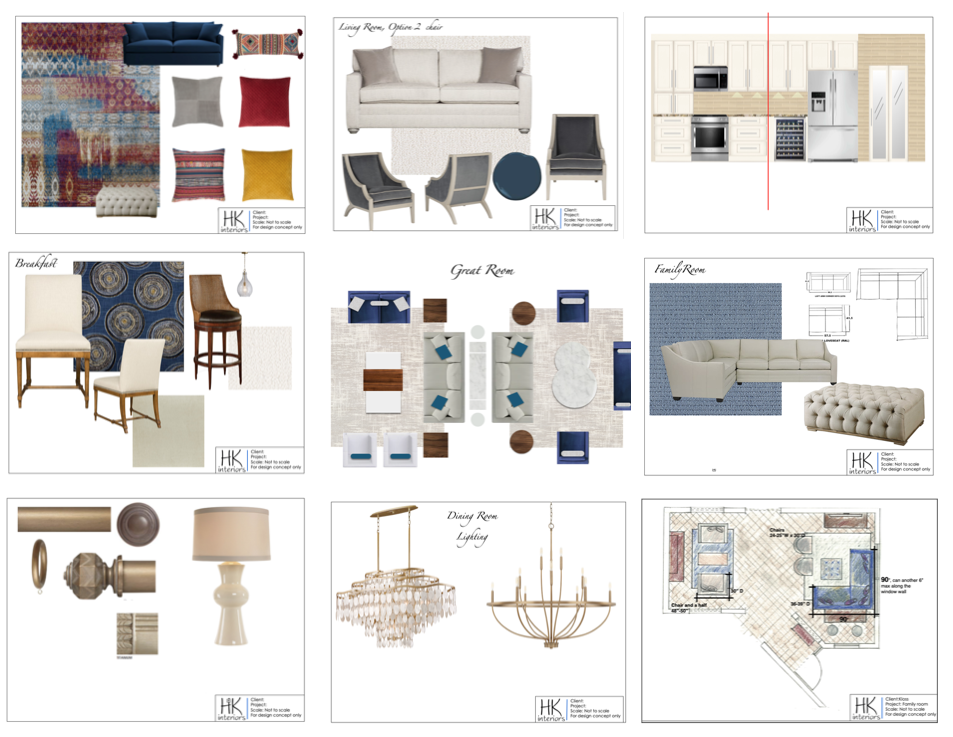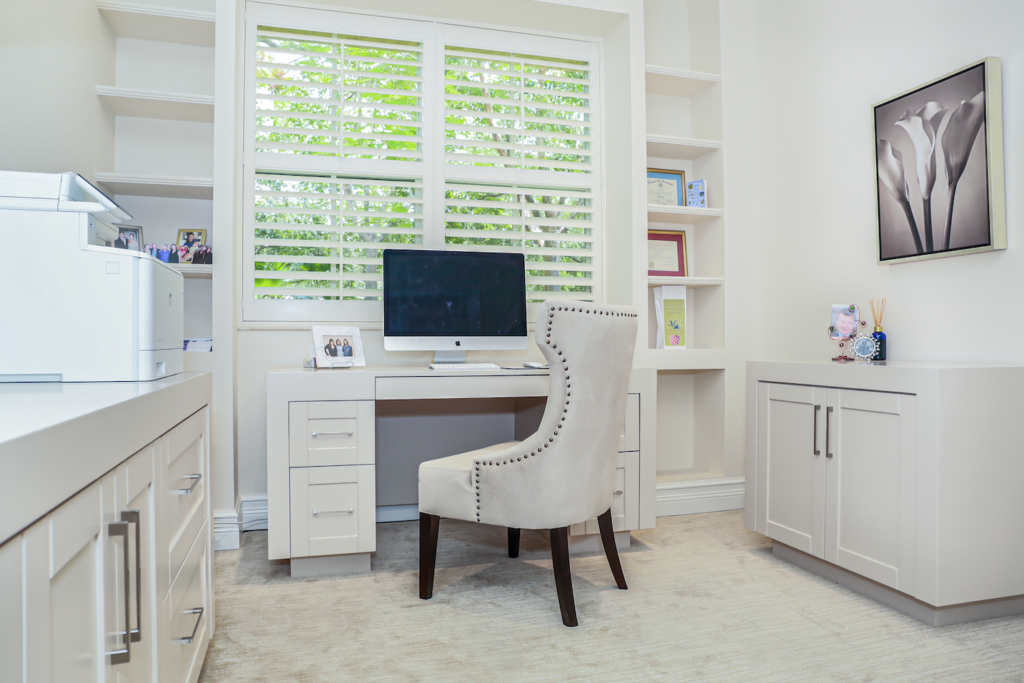Zodiac Designs for Earth and Water Signs
In our blog, “How to Use Zodiac Signs In Your Home Design,” we looked at the importance of incorporating zodiac designs that would increase your feeling of well-being. There are four elements: earth, water, fire, and air, each containing three of the houses in astrology.
Fire is compatible with air, and earth is compatible with water. If you have any knowledge of the various astrology houses, you probably already know this. But did you also know that each of these houses’ design elements can also make for cohesive interior design?
In this blog, we look at the zodiac designs associated with the earth and water signs to help you create a more enjoyable living space.
Zodiac Design Styles for Water Elements
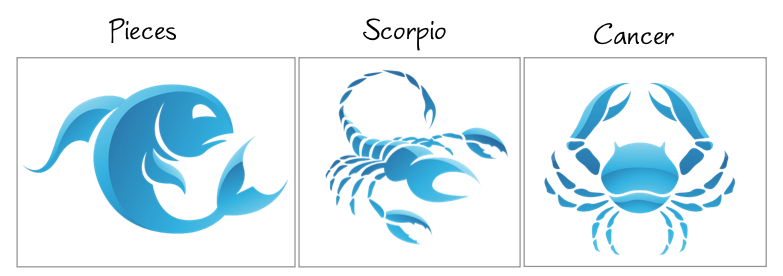
Some of the most creative zodiac signs are those of the water elements. They are highly intuitive, sensitive, imaginative, compassionate, and love deeply. The water element is soothing and often attracts those in the healing arts. They can also be quite moody at times, so it is crucial to incorporate design elements that soothe and relax.
Pisces
Ever the dreamer, Pisces is imaginative and sensitive, and, as a result, they require a home that allows them to relax and recharge at the end of the day. Incorporating touches of their water element can help them feel at home in their surroundings. Pisces’ favorite color for home design should not surprise anyone, as they often favor earth tones, slate blue, subtle peach, and pink tones. Their love of elegance often translates to a beachy-themed cozy bedroom.
Pisces homes are often described as bohemian, featuring comfortable furnishings and a variety of storage options. If ever there was a person who would adore a hanging chair, it is the Piscean. Since lighting is also crucial, diffused, indirect lighting, and mirrors to catch reflections can help make the Pisces feel truly at home. The string of pearl houseplant is perfect in the Pisces home.
Scorpio
Deep and mysterious, the home of a passionate Scorpio will have a classic, stylish, and refined feel. Scorpio does not like clutter, so minimalism is crucial. Any decorations will have meaning and depth. The home is Scorpio’s place to steel away from the outside world, often highlighted by sensuous furnishings. Blackout curtains and richly colored silk sheets are often found in the Scorpio bedroom.
Although Scorpio is a natural collector, he or she will likely want to do away with the old and begin anew every few years. Colors in the Scorpio home often feature deep, rich jewel tones such as dark blues, purples, and reds, along with accents of black. A Scorpio will thrive with a special reading nook or window seat to escape for that quiet space. Heart-shaped anthuriums are the perfect houseplant for a Scorpio.
Cancer
Deeply emotional and nurturing with a strong sense of family, Cancer is the ultimate homebody. The environment should reflect a harmonious, simple, unpretentious, and cozy style. Hygge style personifies the Cancer at home. Cancer zodiac designs often include gallery walls featuring framed family photos.
Open floorplans create the perfect living space for a Cancer. Expect to find a home filled with fresh flowers and candles. Warm floral colors, silver, blue, charcoal, and cream make the perfect palette for the Cancer home. Furnishings should feature solid wood, natural fabrics, throw pillows, and be ultra-comfortable. Chandeliers and table lamps provide the mood lighting that Cancer craves.
Earth Elements and Zodiac Styles
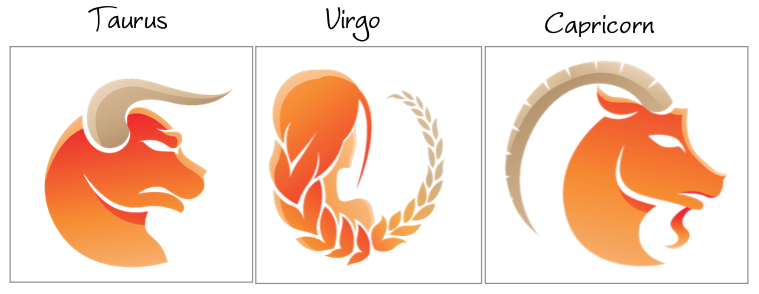
Those in the zodiac signs that fall under the earth elements are grounded, wise, stable, sensual, practical, and patient. They have a natural love of the physical world that often translates to cooking, gardening, and taking care of the home. They have a love of material possessions, which can sometimes translate to decadent furnishings.
Taurus
Comfort is crucial when selecting décor, as a peaceful, warm environment is essential. A Taurus bedroom will often reflect this zodiac sign’s love of elegance and luxury. You may find elements of gold and copper in their furnishings, chandeliers, and mirrors. A traditional rather than modern look provides the inviting space this sign craves, so avoid synthetics and fill the home with natural materials. Earth tones, greens, light blues, and soft pinks are ideal colors.
Taurus loves to entertain, so the kitchen is an essential room of the home when considering any remodel. Zodiac designs that incorporate light colors and natural wood will have the Taurus cook feeling at home in the kitchen. Incorporate fluffy, natural fiber throws and overstuffed pillows into the living room and surround the home with plants. A sheepskin rug is the perfect accent piece in a room.
Virgo
Always the perfectionist, the home of a Virgo will be neat, orderly, and organized. Virgos also prefer neutral earth tones, with yellows, olive green, peach, and rich blues as accents. They enjoy natural finishes in their furnishings and prefer high-quality pieces. Plenty of kitchen cabinets are crucial for a Virgo who loves to cook but thrives on organization.
Abundant plants, such as the lacy tree philodendron, and even a living wall are excellent options in the home of a Virgo. Herbs are likely growing on the windowsill or hanging from planters amid the pots in the kitchen. Rustic is a term often associated with the Virgo home. Artwork is often themed throughout the home.
Capricorn
Traditional and practical – each piece must have a purpose in the home of a Capricorn, especially a mini-bar. Practicality is so crucial that it is more important than style or comfort. Capricorns thrive if they have well-organized closets. Hard-working and dedicated, Capricorns like to fill their homes with sophisticated furnishings featuring design styles in dark wood, leather, brass, exposed brick, and granite.
Elegance is a term often used to describe their living space. As a result, the Capricorn home may feature colors that include blacks, whites, greens, blues, and dark greys. Do not be surprised to find Scandinavian design elements in the home of a Capricorn. As an earth element, Capricorn enjoys greenery, including succulents and orchids.
As you can see, astrology design can be a lot of fun, and help enrich your home and life. To learn about zodiac style for fire and air signs, check out this blog.
For more information on incorporating zodiac designs into your home, please contact HK Interiors at 954-401-8542 for all your interior design needs.

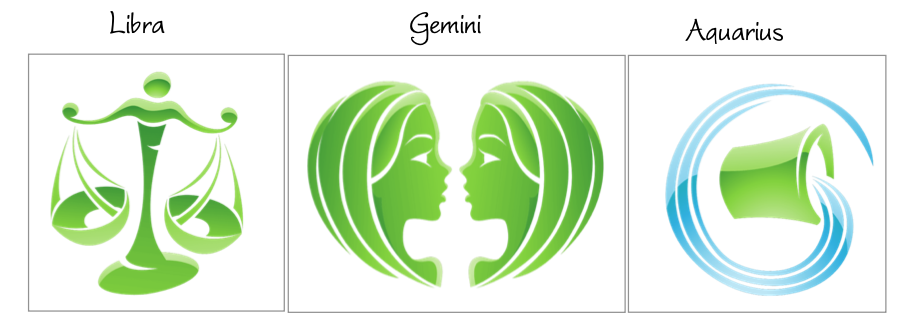
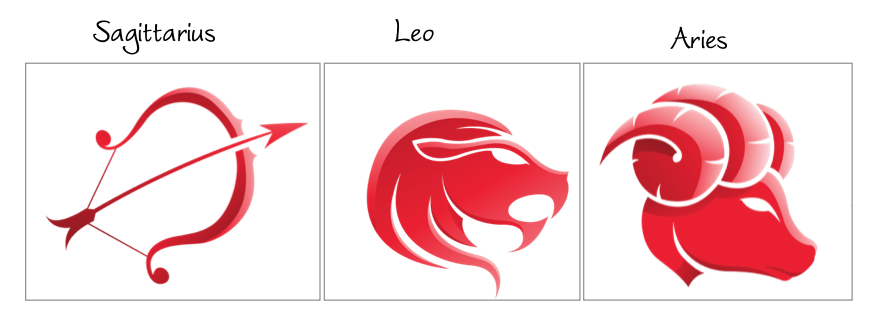
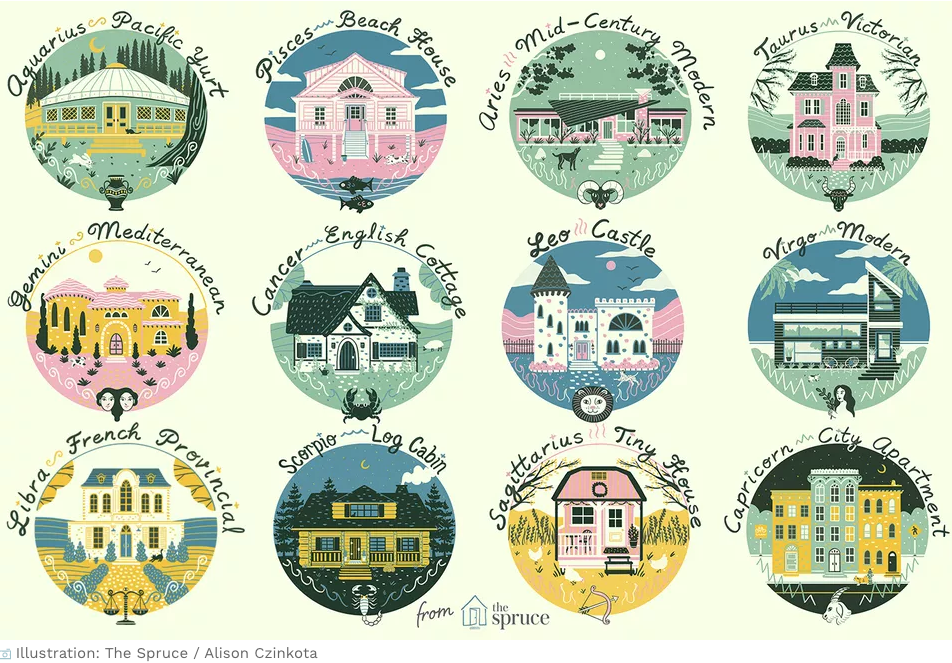

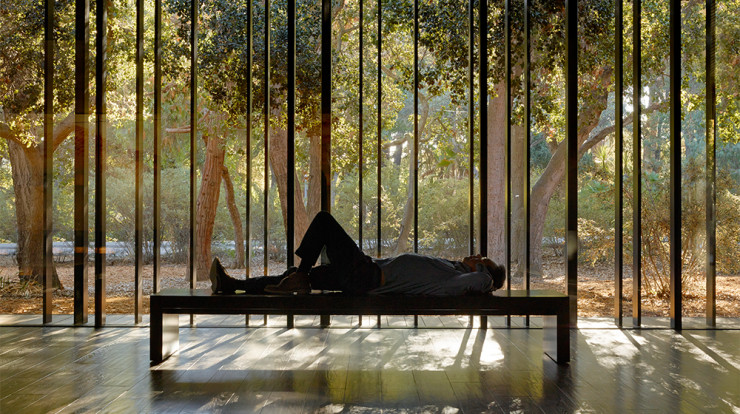

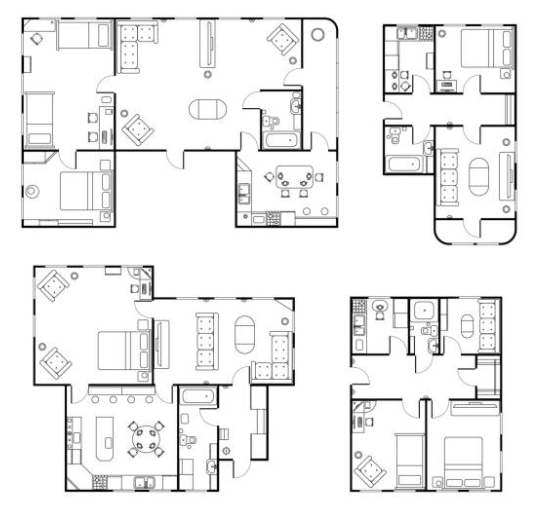 Decisions, decisions – it seems like they are never-ending. For many people, one of the most challenging decisions they face is this: remodeling vs. relocating. Do you stay, or do you go?
Decisions, decisions – it seems like they are never-ending. For many people, one of the most challenging decisions they face is this: remodeling vs. relocating. Do you stay, or do you go?